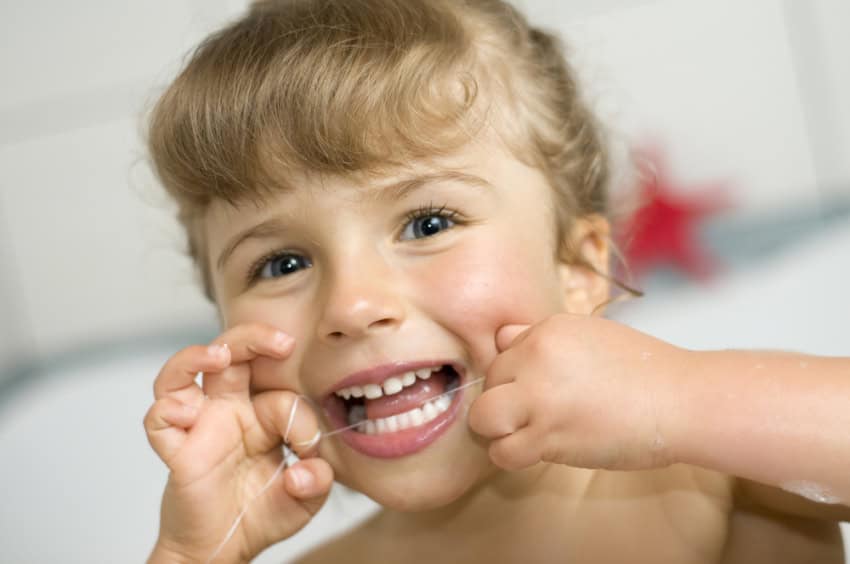ISLAMABAD (Online) – We’re constantly told we should be flossing our teeth – despite it being fiddly, time-consuming and sometimes painful.
Figures show that less than a fifth of us actually bother to do it regularly – with many tacky rolls of floss gathering dust in bathrooms the world over.
Read more: An apple a day keeps ageing at bay
Now, one leading expert has warned that if not performed correctly, flossing can actually do more harm than good.
Robin Seymour, Emeritus Professor of Dental Sciences at Newcastle University and leading periodontologist, explains why – and suggests other, easier ways to get perfect pearly-whites.
The leading expert has warned that if not performed correctly, flossing can actually do more harm than good. The reason why your dentist tells you to floss is simple: floss helps to protect your dental health by getting rid of pieces of food and plaque from between your teeth.
If left to fester, this debris can build up – irritating the gums, causing inflammation and, ultimately, disease.
If you floss correctly, it’s a fantastic way of getting rid of the plaque between teeth and underneath the gums. But flossing requires a high level of dexterity to manipulate the floss in the mouth – particularly towards the back of the mouth – and the vast majority of people simply don’t have that degree of dexterity.
REVEALED: Why men find THINNER women more attractive?
Instead of removing plaque, too many people are simply pushing the plaque that is between their teeth down underneath the gums and leaving it there – which is the last thing you want to do.
Another common error is using a sawing action to drag the floss back and forth. This doesn’t remove plaque effectively, but it can traumatise the gums.
Flossing is difficult to do – and difficult to do well – so we have to start looking at alternatives.
The other big problem with flossing is compliance. It doesn’t seem to matter how many times dentists and dental hygienists advise people to floss, the reality is that only about 17 per cent of adults do it on a regular basis, say three or four times a week.
And of that 17 per cent, some will not be doing it properly anyway.
Flossing is difficult to do, and difficult to do well, so we have to start looking at alternatives.
A far better approach is to brush thoroughly, ideally with a powered toothbrush, then use an interspace or interdental brush to clean between the teeth and finish off with an alcohol-free mouthwash.
Antiseptic mouthwashes have been shown to be particularly beneficial for cleaning between the teeth. Instead, he says there are other, easier ways to get perfect pearly-whites, such as an electric toothbrush, interdental brushes and a decent mouthwash.
They require a little bit of instruction – it is important to swish the solution around the mouth and use your tongue to push it between the teeth – but they have the advantage of being much easier to use than floss.

















